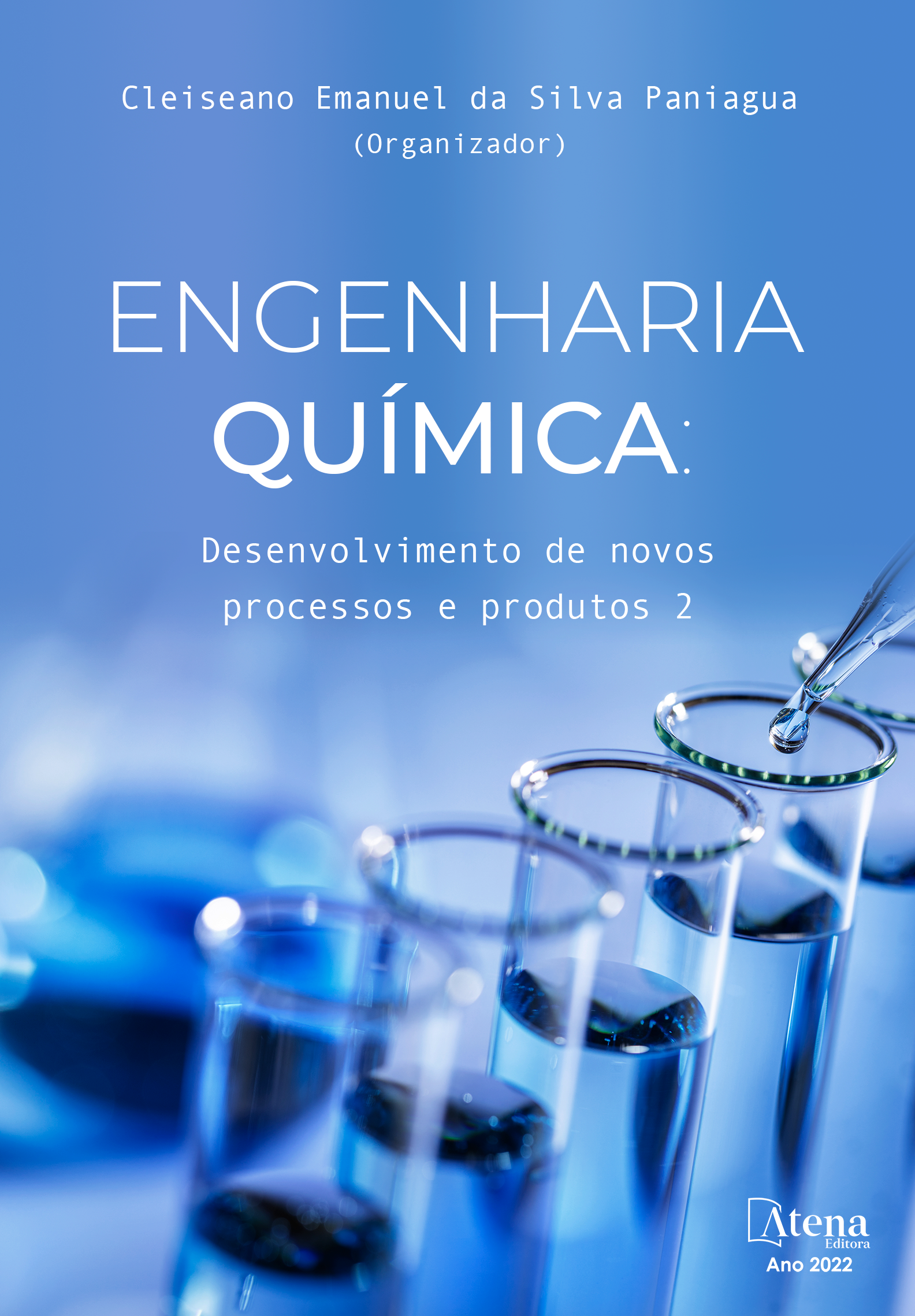
VIABILIDADE TÉCNICA E ECONÔMICA DO USO DO CALOR RESIDUAL DOS CHILLERS PARA PROCESSOS DE AQUECIMENTO EM HOSPITAIS
A preocupação com a eficiência energética e o meio ambiente é cada vez maior, pois sabe-se que quanto mais energia se consome, maior a emissão de gases de efeito estufa, que aumentam a temperatura média de nosso planeta. O objetivo deste artigo é avaliar a viabilidade tecnicoeconômica do uso do calor residual de chillers alimentando um chiller tipo bomba de calor para a geração de água quente para uso em hospitais, que são consumidores intensivos de energia elétrica, utilizada na geração de água gelada, e combustível fóssil na geração de água quente, e, com isso, eliminar ou reduzir substancialmente o consumo de gás liquefeito de petróleo (GLP) ou gás natural nos aquecedores de água. Para tanto, foi avaliado o perfil de carga térmica de um sistema de ar condicionado e o perfil de uso de água quente de um hospital-escola em Campinas, foi realizada a comparação da simultaneidade dos perfis de carga e o uso de software de modelagem energética, que mostra a redução do acionamento dos aquecedores de água que queimam gás liquefeito de petróleo. A partir dos resultados dessa modelagem energética foi obtido o novo consumo de combustível fóssil do hospital nos aquecedores de água e o novo consumo de energia elétrica no conjunto de chillers existentes e com o chiller bomba de calor. A partir daí foi feita a análise de viabilidade econômica da implantação desse sistema de recuperação de calor residual dos chillers existentes e a redução da emissão anual de CO2.
VIABILIDADE TÉCNICA E ECONÔMICA DO USO DO CALOR RESIDUAL DOS CHILLERS PARA PROCESSOS DE AQUECIMENTO EM HOSPITAIS
-
DOI: 10.22533/at.ed.1182212086
-
Palavras-chave: Calor Residual; Chillers; Bomba de Calor; Economia de Energia; Recuperação de Calor.
-
Keywords: Waste Heat; Chillers; Heat Pump; Energy Saving; Heat Recovery.
-
Abstract:
The concern with energy efficiency and the environment is increasing, as it is known that the more energy is consumed, the greater the greater is the emission of greenhouse gases, which increase the average temperature our planet. The target of this article is to evaluate the technical-economic feasibility of using waste heat from chillers feeding a heat pump type chiller for the generation of hot water for use in hospitals, which are intensive consumers of electricity for the generation of cold water and fuel fossil to generate hot water and thereby eliminate or substantially reduce the consumption of liquefied petroleum gas (LPG) or natural gas in water heaters. Therefore, the thermal load profile of an air conditioning system and the hot water use profile of a teaching hospital in Campinas were evaluated, the comparison of the simultaneity of the load profiles and the use of energy modeling software that show the reduction in the activation of water heaters that burn liquefied petroleum gas. From the results of this energy modeling, the new fossil fuel consumption of the hospital in the water heaters and the new electrical energy consumption in the set of existing chillers and with the heat pump was obtained. From there, the economic feasibility analysis of the implementation of this waste heat recovery system from the existing chillers and, the reduction of the annual CO2 emission was carried out.
-
Número de páginas: 18
- Carlos Eduardo Bonazzola Ribeiro
- Breno Wasserstein
- Eliandro Barbosa de Aguiar


